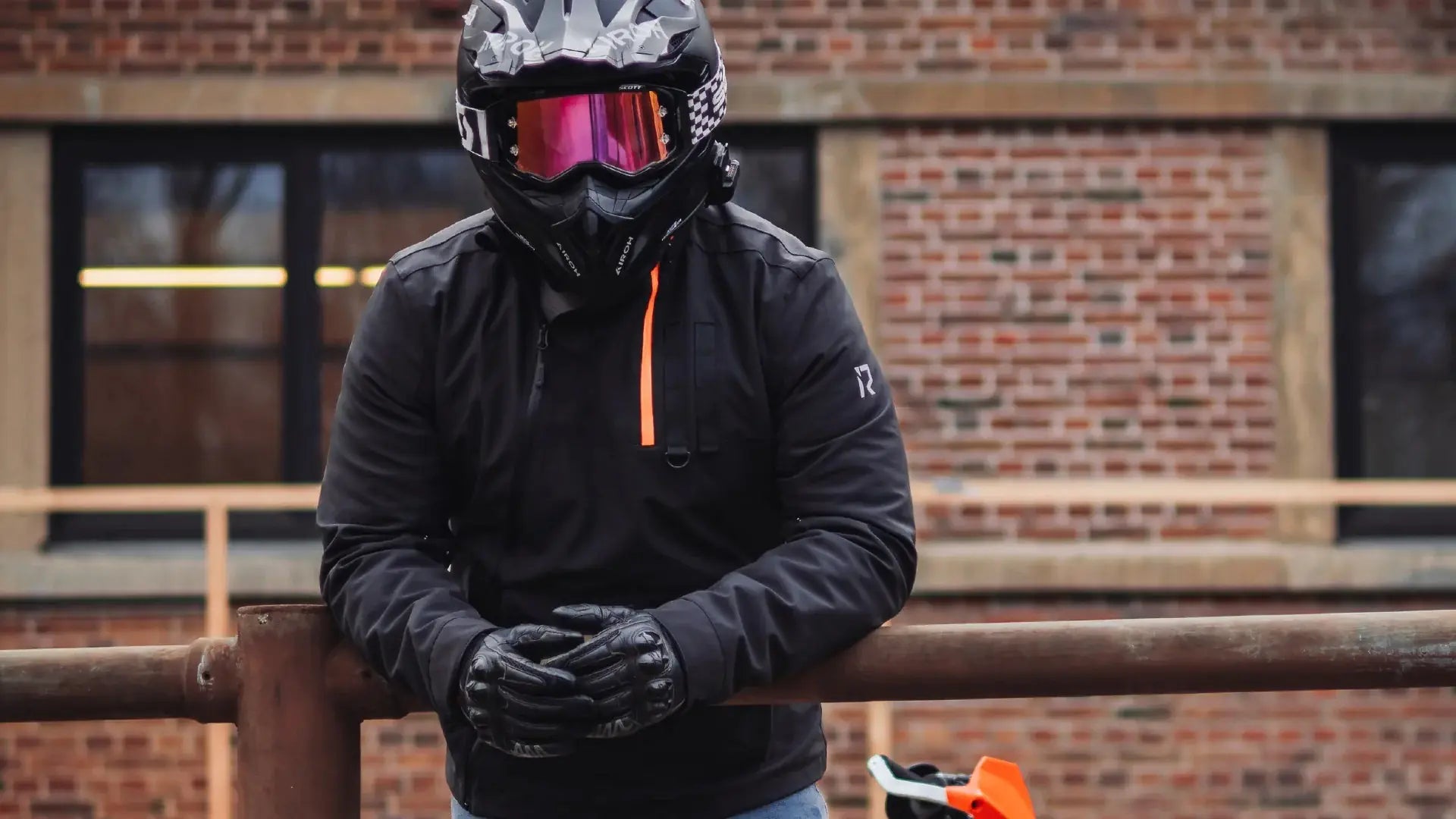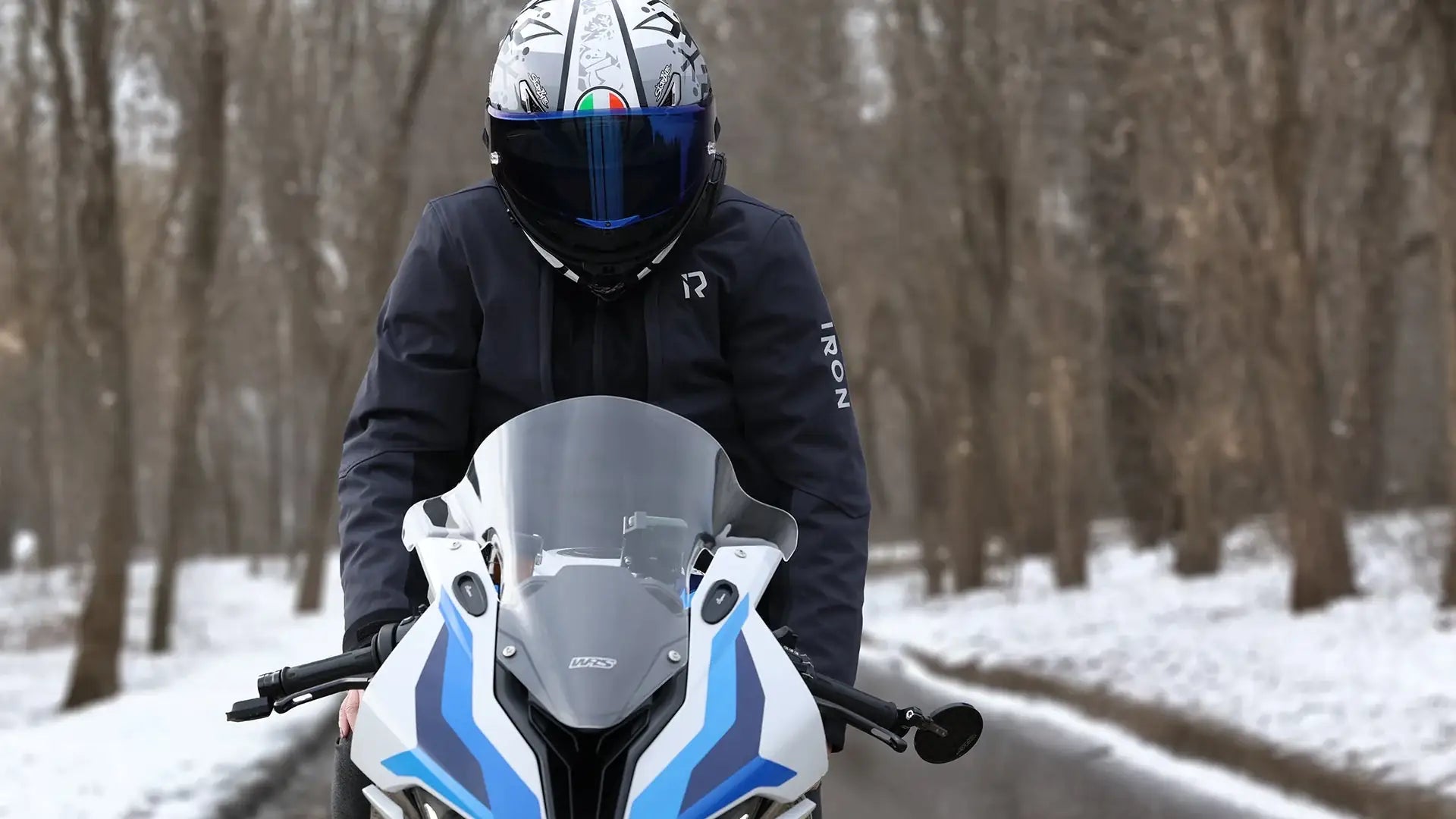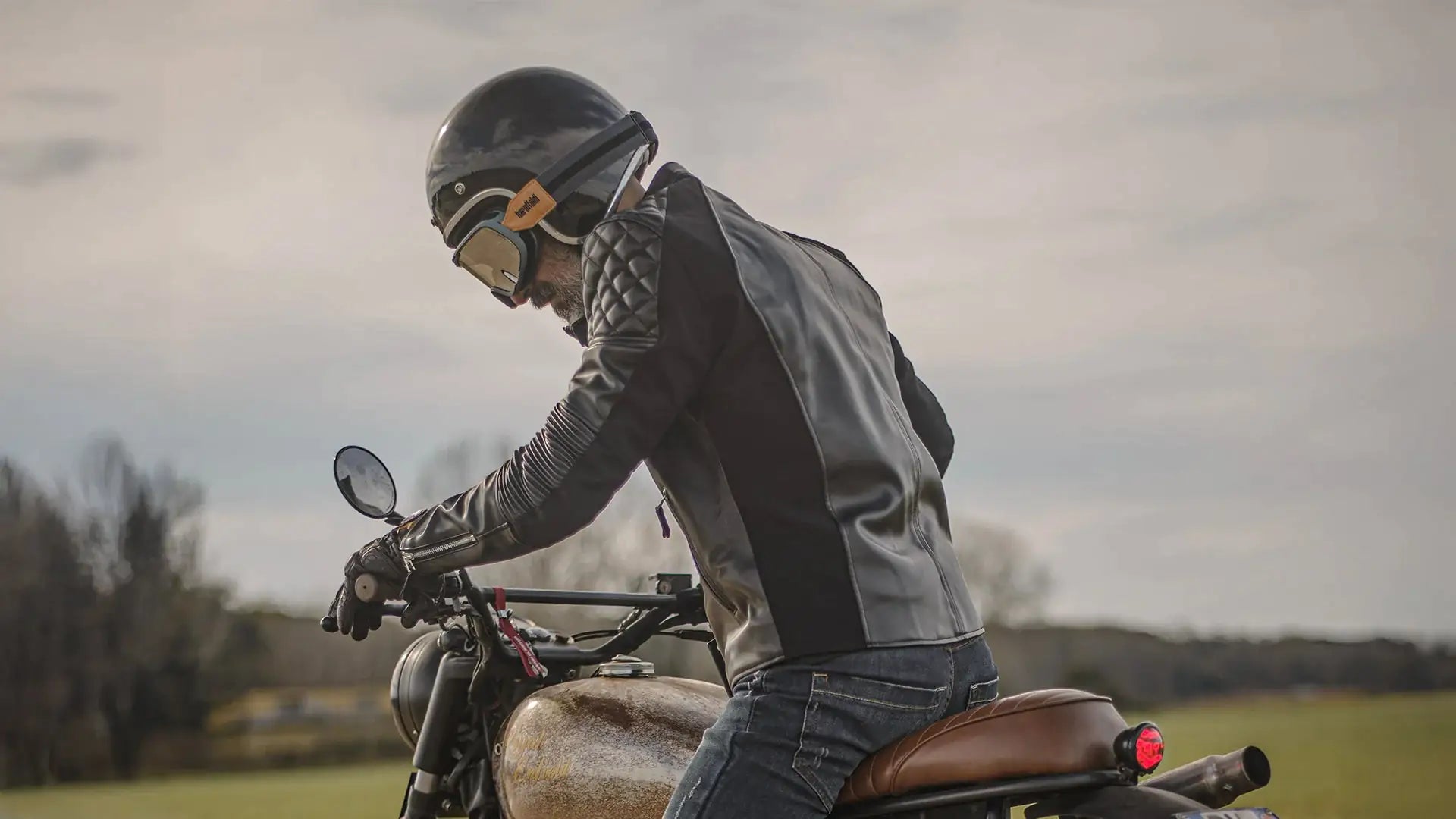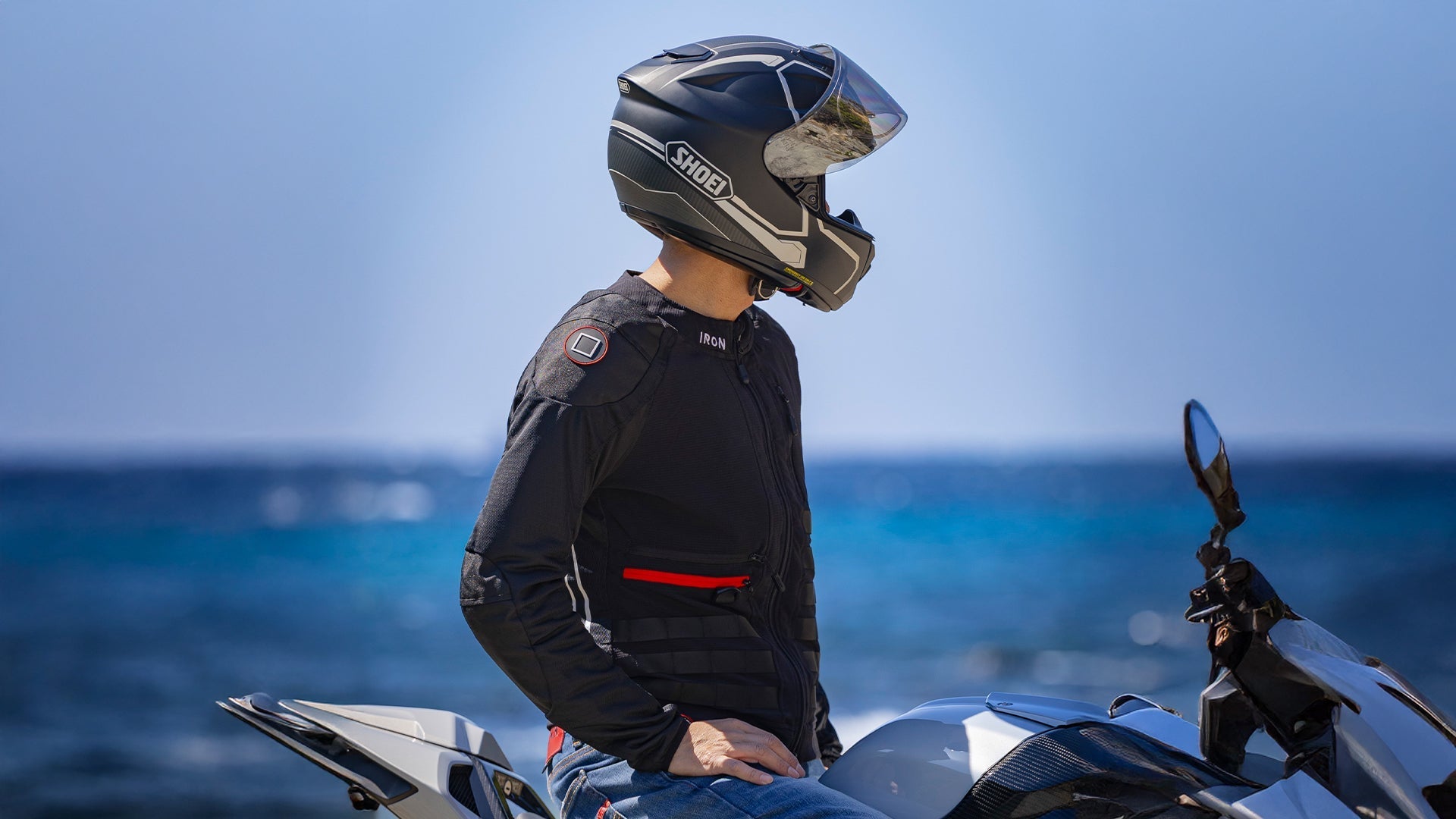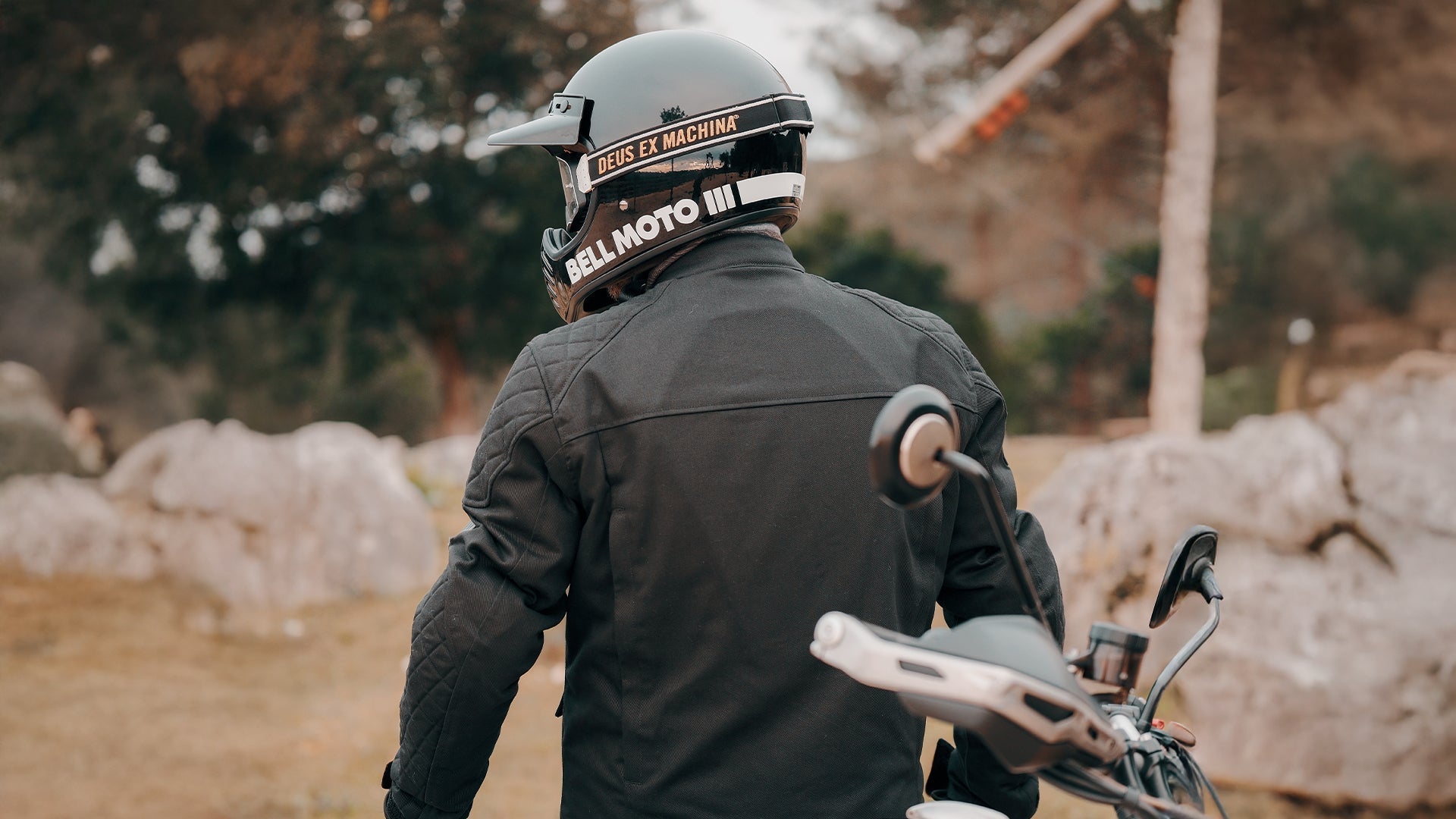Motorcycle tail bags are one of the most essential riding gear for long riding trips. These waterproof riding bags are ideal for storing extra clothing, water bottles, and essential gear. Suitable for Harley-Davidson, BMW, Honda, or Kawasaki bikes, a motorcycle tail bag provides a versatile solution for all your luggage needs. As must-have riding gear, you need to know how to use the biking bag safely. If you're interested in this topic, read on!

Choosing a Tail Bag Based on Gear Weight and Model
This is the first thing to consider. For safety, avoid exceeding your motorcycle's weight limit with gear in the tail bag and choose a tail bag suited to the riding environment. You definitely want to be able to ride comfortably and safely while carrying the necessary luggage. Before purchasing, you can consider the way you ride parallel, the type of motorcycle and the gear you need to carry. IRON waterproof tail bags are available in 8 colors and 3 capacities, not only for short urban rides but also for long outdoor adventure trips.

Positioning a Tail Bag in Right Place
Firstly, properly positioning your tail bag on your motorcycle is crucial before securing it in place. As you drape the bag over the rear of your bike, be conscious of the space between the bottom of the bag and your rear wheel. You'll want several inches of clearance even when weight compresses the suspension over bumps. Otherwise, the spinning tire could rub against the bag.
Also take note of where your motorcycle's exhaust pipes are located. The pipes get hot enough to melt or damage the bag if they make direct contact. Mount the bag away from any heat sources.

Finalizing the Installation of a Tail Bag with Straps
Next, securely install the straps attached to the bag according to their designated positions. Then, go back and tighten any loose straps to ensure the tail bag is snug and stable, preventing any movement or wobble during the ride. Also, use the plastic clips and holders built into the bag to gather up any loose strap ends. This keeps everything neat and organized.
The key to the IRON Waterproof Tail Bag is to use 8 straps and removable padded shoulder straps that come with the kit. These straps are designed to allow the bag to be easily secured to the tail of the motorcycle and adjusted to fit your riding needs.

After securing all of the straps in place, take a close look to make sure the straps are not rubbing on any bike parts that could get hot. Ensure there is enough clearance for the rear wheel throughout the suspension's travel to prevent any safety hazards. Once you're satisfied with the fit and positioning of the tail bag, trim any excess strap tabs. Now, you're ready to hit the road, confident that your gear is securely stored in the waterproof tail bag! By undoing the main front and rear attachment straps. The bag should be easy to remove. Simply undo the main clips to quickly remove the tail bag, which makes your trip simple and quick.
Last but the most, make sure your tail bag is always equipped with a zipper and an extra set of Rok straps. This way, whether you need to quickly secure another item or deal with a gear malfunction, you can respond quickly. These simple tools act as a safety net while you ride.

Motorcycle Accidents Caused by Strapping
In Oregon, a young couple narrowly escaped serious injuries when their loosely secured duffel bag slid into the rear fender, jamming and locking the back wheel while they were making a turn at 50 mph. I faced a similar situation in 2010 while scouting routes in Peru for motorcycle trip packages. Despite using a cable lock and tie-down straps, my luggage slid off at 65 mph on a windy highway to Cusco and instantly locked my KTM's rear wheel.
These experiences underline the critical importance of properly securing motorcycle tail bags. Before, during, and after every ride, carefully consider how you position and secure bags and attachments to ensure safety. This should become routine practice for every rider to prevent potential dangers and accidents.
Posted by Eric Lange on June 23, 2014

In summary, choosing the right tail bag, perfecting its installation, and focusing on ride safety can significantly improve your motorcycle trips. It's essential to pay meticulous attention to detail and manage your riding gear effectively to minimize safety risks. This approach not only protects you but also ensures the safety of your fellow riders on the road.







